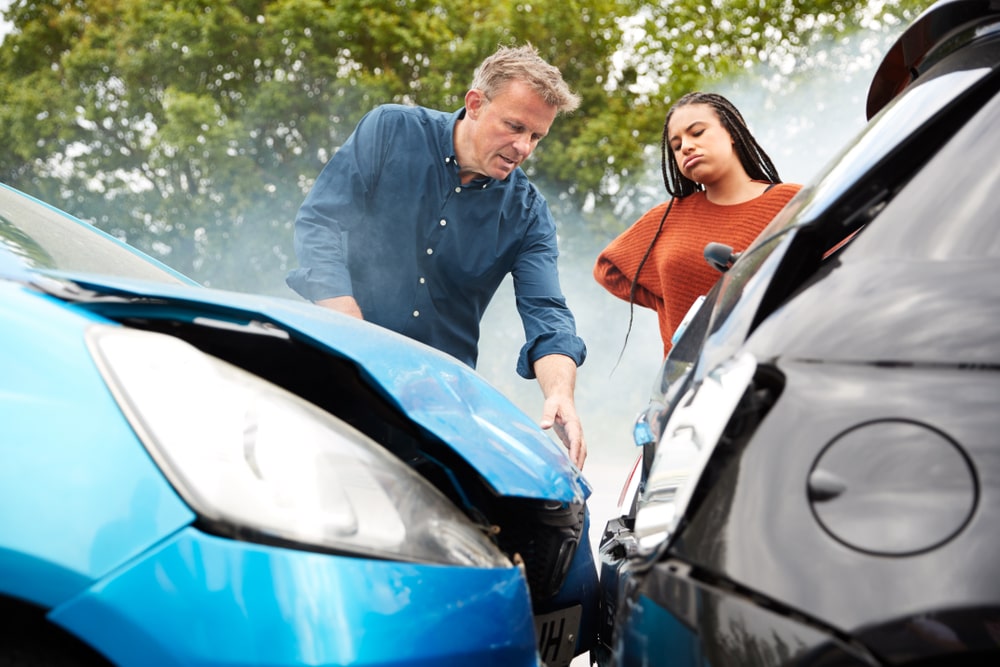
How Is Accident Liability Determined?
How is accident liability determined in most crash cases?
How is accident liability determined? It starts with understanding who was responsible for causing the accident. To determine liability, investigators examine the facts, evidence, applicable laws, and each party’s actions. As a result, this forms the basis for claims and legal decisions. This process is vital for insurance claims, legal actions, and recovering damages.
Let’s break down how fault is assigned and what factors influence this critical decision.
The Role of Evidence in Determining Liability
Police Reports and Crash Documentation
After a motor vehicle accident, law enforcement officers typically arrive at the scene to document what happened. Police officers often include in their reports:
- Statements from drivers and witnesses
- Observations from the officer
- Any traffic citations issued
- Diagrams or photos of the accident
Insurers and attorneys heavily rely on this report to determine accident liability. Consequently, it’s one of the most influential documents in a crash case.
Physical and Video Evidence
Evidence such as dashcam footage, traffic camera recordings, skid marks, and vehicle damage helps establish the chain of events. Investigators use these details to confirm or challenge statements. Furthermore, this type of evidence is essential for evaluating fault.
Witness Statements
Third-party witnesses often help resolve conflicting accounts. In many cases, their testimony becomes the deciding factor. Insurance adjusters and lawyers rely on witness credibility and consistency when assessing who caused the accident.
Legal Doctrines That Guide Liability
Comparative vs. Contributory Negligence
How is accident liability determined in different states? It often depends on the negligence rules followed:
- Comparative Negligence: Each party’s percentage of fault is assessed. If you’re 30% at fault, you may recover 70% of your damages.
- Contributory Negligence: If you’re even 1% at fault, you may be barred from recovering compensation in certain states.
Understanding the negligence standard in your state is critical to knowing how liability will be assigned.
Negligence Elements
To prove that another party was at fault, a claimant must show:
- Duty of care
- Breach of that duty
- Causation
- Damages
Meeting all four elements is required in a personal injury claim. Attorneys will often build the case around these fundamentals.
Insurance Adjusters and Their Investigations
Insurance companies conduct their own liability investigations, separate from law enforcement. Here’s how they typically determine fault:
- Reviewing the police report
- Taking statements from all involved parties
- Consulting accident reconstruction experts (if needed)
- Applying state-specific fault rules
Sometimes, both drivers share fault. In that case, claims may be partially paid out based on the liability split.
Why Legal Help Is So Important
When Fault Is Disputed
If both sides blame each other, determining accident liability becomes complicated. Legal guidance can help ensure your rights are protected and evidence is properly presented.
When Serious Injuries Are Involved
In cases involving large medical bills, lost wages, or long-term recovery, hiring a lawyer may be the best move. Lawyers know how to gather the right evidence and work with experts to prove liability and maximize compensation.
How Liability Gets Decided in Court
If a settlement cannot be reached, a lawsuit may be filed. In court, a judge or jury will decide liability based on the presented facts. This is why strong documentation and legal preparation are key.
Establishing Liability Takes Strategy and Support
How is accident liability determined? It’s a careful process that depends on the facts, applicable law, and each party’s actions. From police reports to legal strategy, every piece of evidence matters. Knowing your rights and getting expert help can make all the difference.
Get Help Determining Accident Liability Now
Still wondering how is accident liability determined in your case? Don’t leave it to chance. Whether you’re dealing with insurance adjusters or considering legal action, a qualified attorney can guide you through the process.
At TruckingAccident.com, we help victims navigate liability disputes and protect their right to full compensation. Request a free legal evaluation today and understand where your case stands.
Frequently Asked Questions (FAQs)
1. How is accident liability determined if there are no witnesses?
Liability may rely more heavily on physical evidence, vehicle damage, police reports, and expert reconstructions when no third-party witnesses are available.
2. Can both drivers be at fault in a truck accident?
Yes. Many accidents involve shared liability. In such cases, each party’s percentage of fault affects their compensation eligibility.
3. What if the police report says I’m at fault but I disagree?
You can challenge a police report by submitting new evidence, hiring a lawyer, or filing a supplemental statement with the department.
4. Do insurance companies always follow the police report’s findings?
No. Insurance adjusters conduct their own investigations and may assign fault differently based on their review of the evidence.
5. Can liability still be determined if the accident involved a commercial truck?
Absolutely. In fact, truck accidents often involve deeper investigations into trucking company policies, driver logs, and federal safety compliance.
Key Takeaways
- How is accident liability determined? Through police reports, evidence, and legal standards.
- States may use comparative or contributory negligence to assign fault.
- Insurance adjusters perform independent investigations to assess liability.
- A personal injury lawyer helps collect evidence and fight for fair compensation.
- Legal support is essential when fault is disputed or serious injuries are involved.



